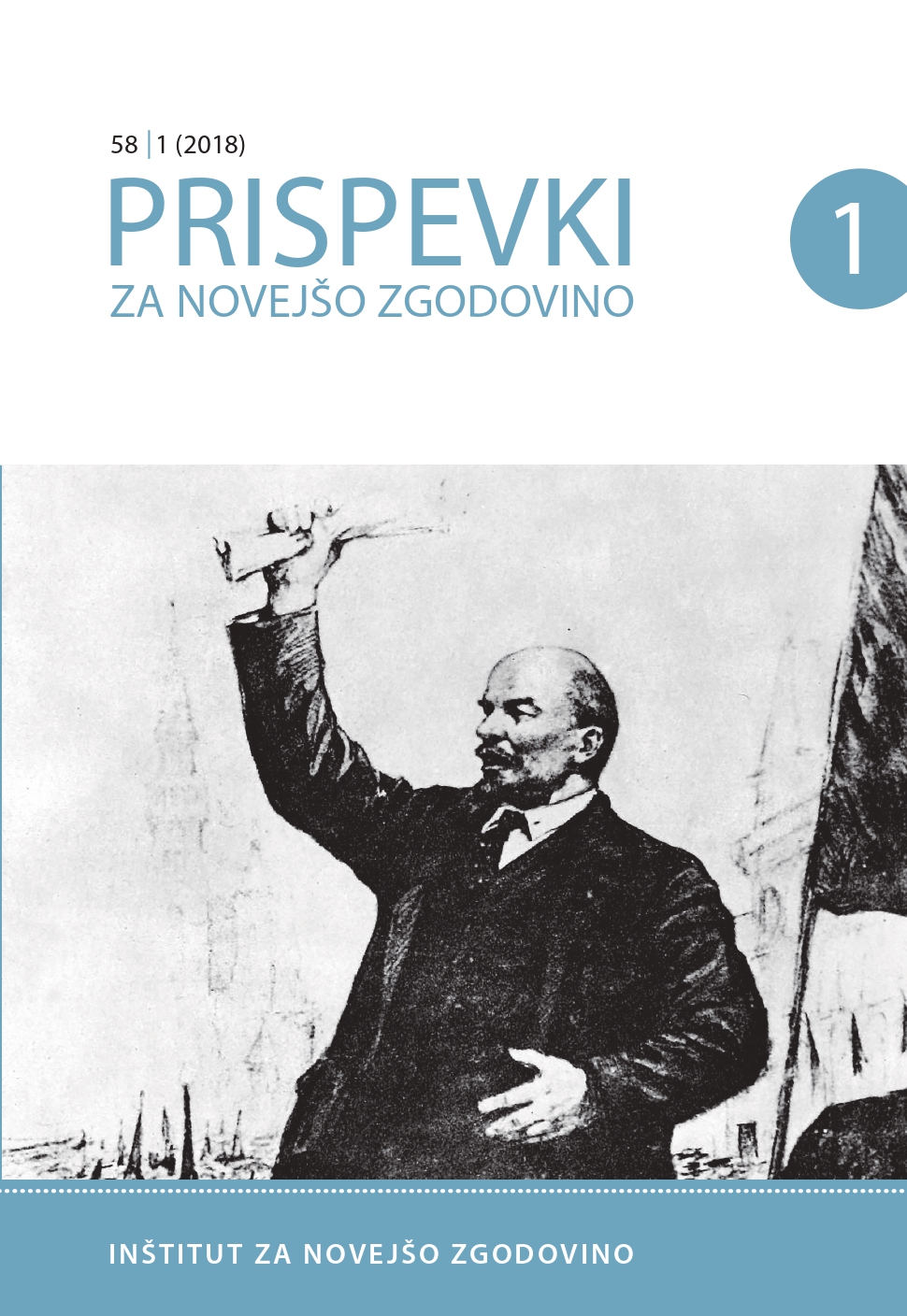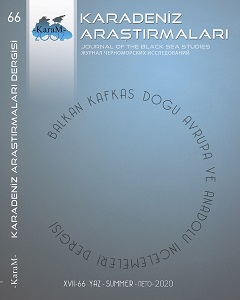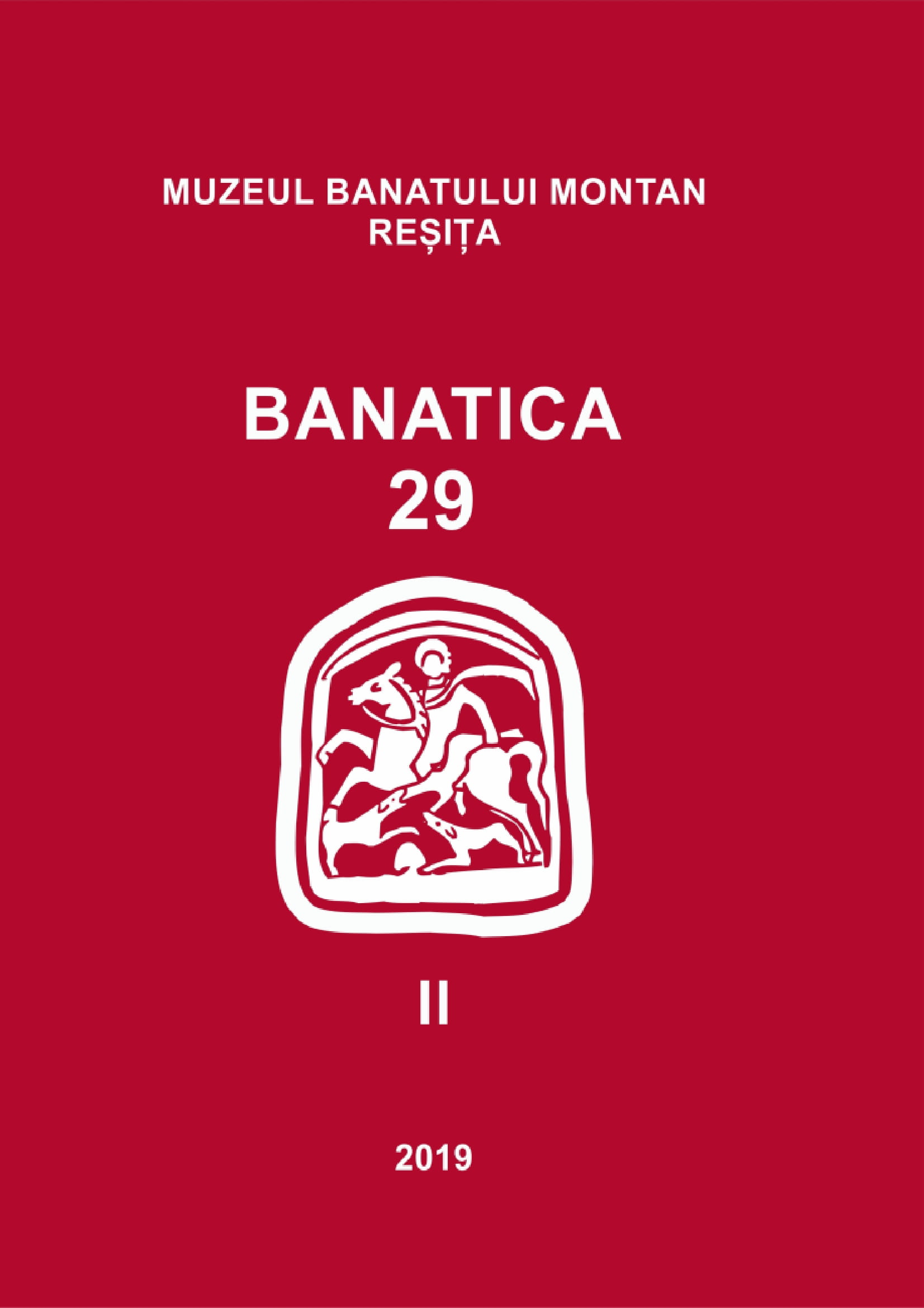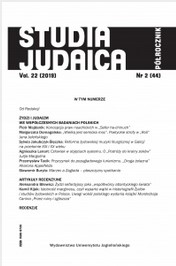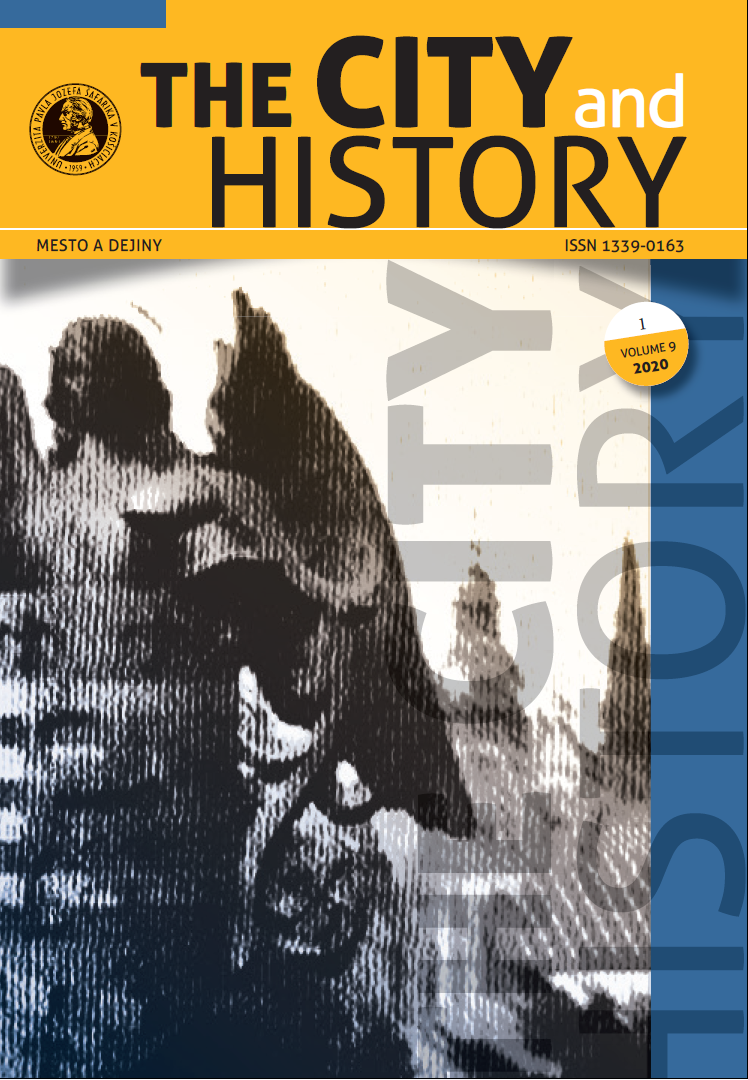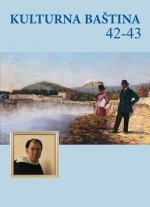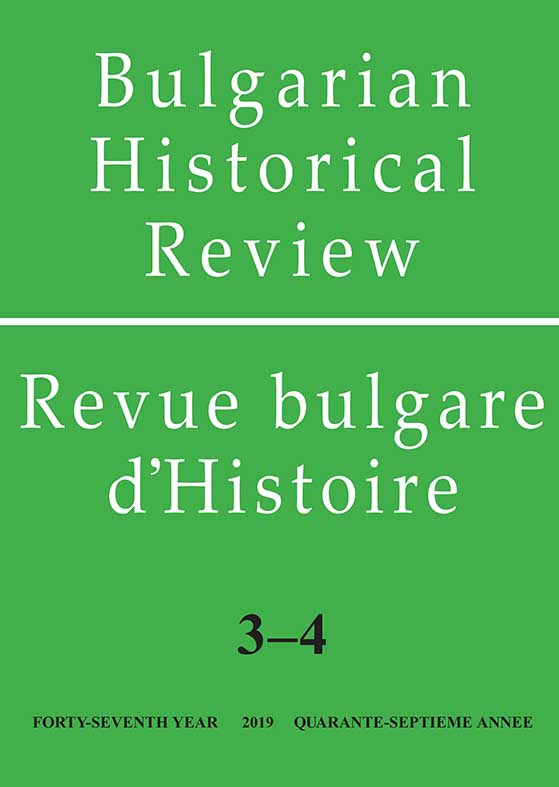
Problems and Challenges for the Bulgarian Exarchate and Its Local Authorities in the Years of “the Hurriyet”
The Young Turks coup during the hot political summer of 1908 shattered the Ottoman Empire. Constitutional-parliamentary rule was introduced and the early era of the ‘hurriyet’ (freedom) was actively promoted. Understandably, the Bulgarian population was enthusiastic about the change, cherishing hopes and expectations for positive reforms in all spheres of life. Without unnecessary euphoria, but with a clear awareness that it should take advantage of the new situation, the Bulgarian Exarchate took active steps to protect its rights and privileges that had been violated by the old authorities. The basis on which the Exarchate relied was the constitution itself. The steps it took were in several directions: 1. Establishment of the collective governing bodies in Constantinople – the Synod and the Exarchate Council. This was the first success of the Bulgarian Exarchate after the Young Turks coup. Without explicit interrogation and permission from the Sublime Porte, under the legal protection of the constitution, after 30 years of effort, the Exarchate regained its legal right. Henceforth followed the difficult path of defending what had been won. 2. Reorganization of the church administrative division of the exarchate department in the vilayets – establishment of new bishoprics (though without berats recognising the appointments of the new metropolitans) and vicarates (former ecclesiastical communities) to enhance the influence and authority of the Bulgarian Church in the vilayets. 3. Reformation of the school inspectorate, which was under the rule of the Exarchate; support of doctors and jurists to raise the level of the Bulgarian population in cultural and political terms, etc.
More...
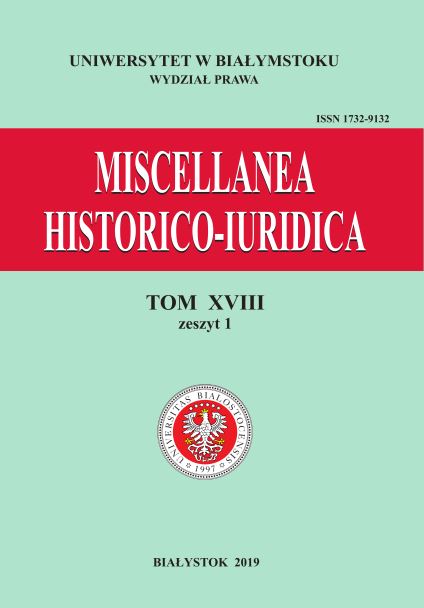
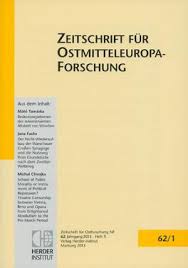
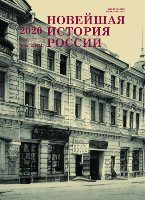
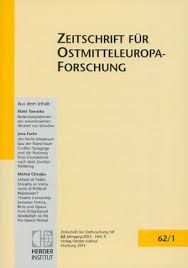
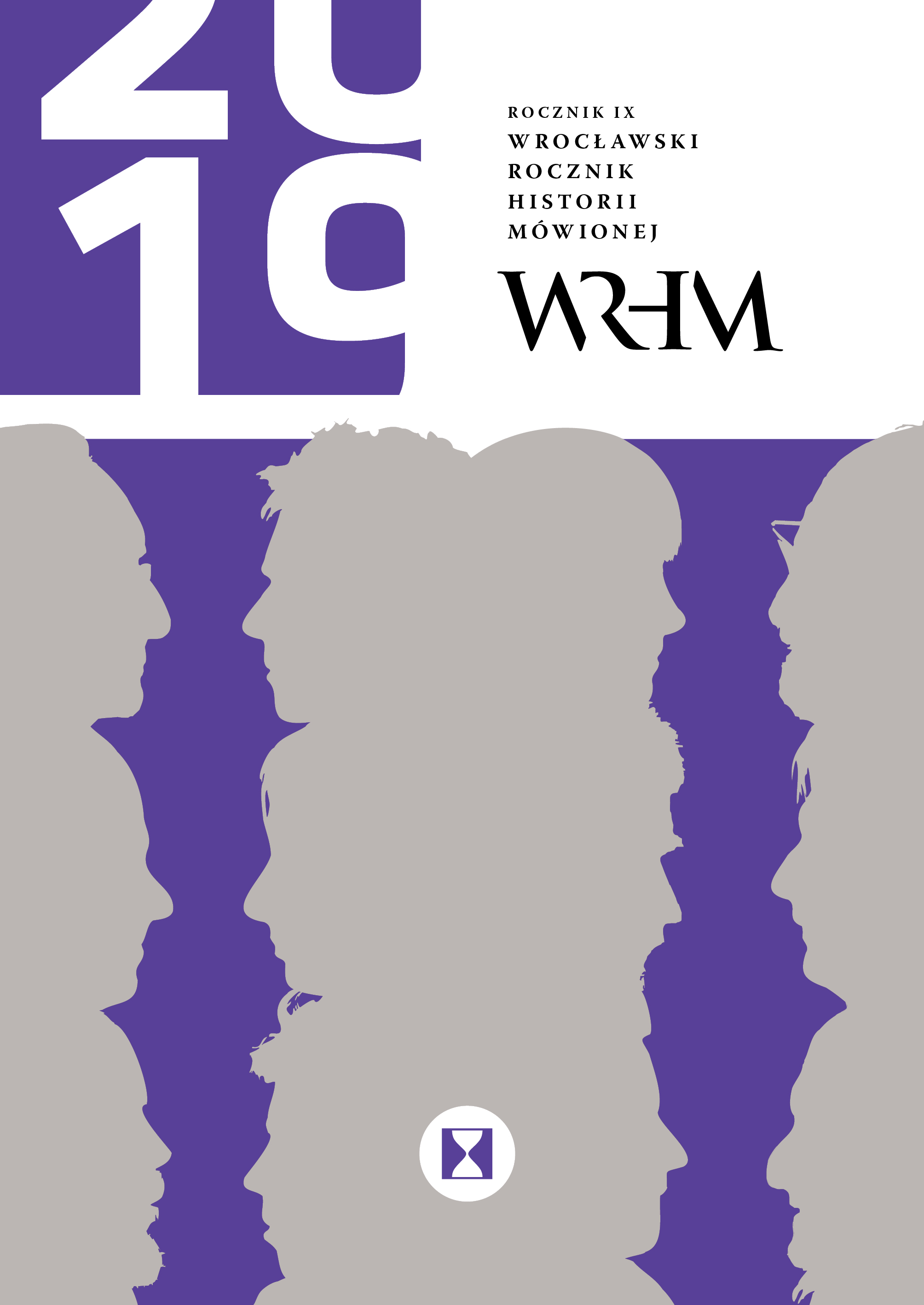
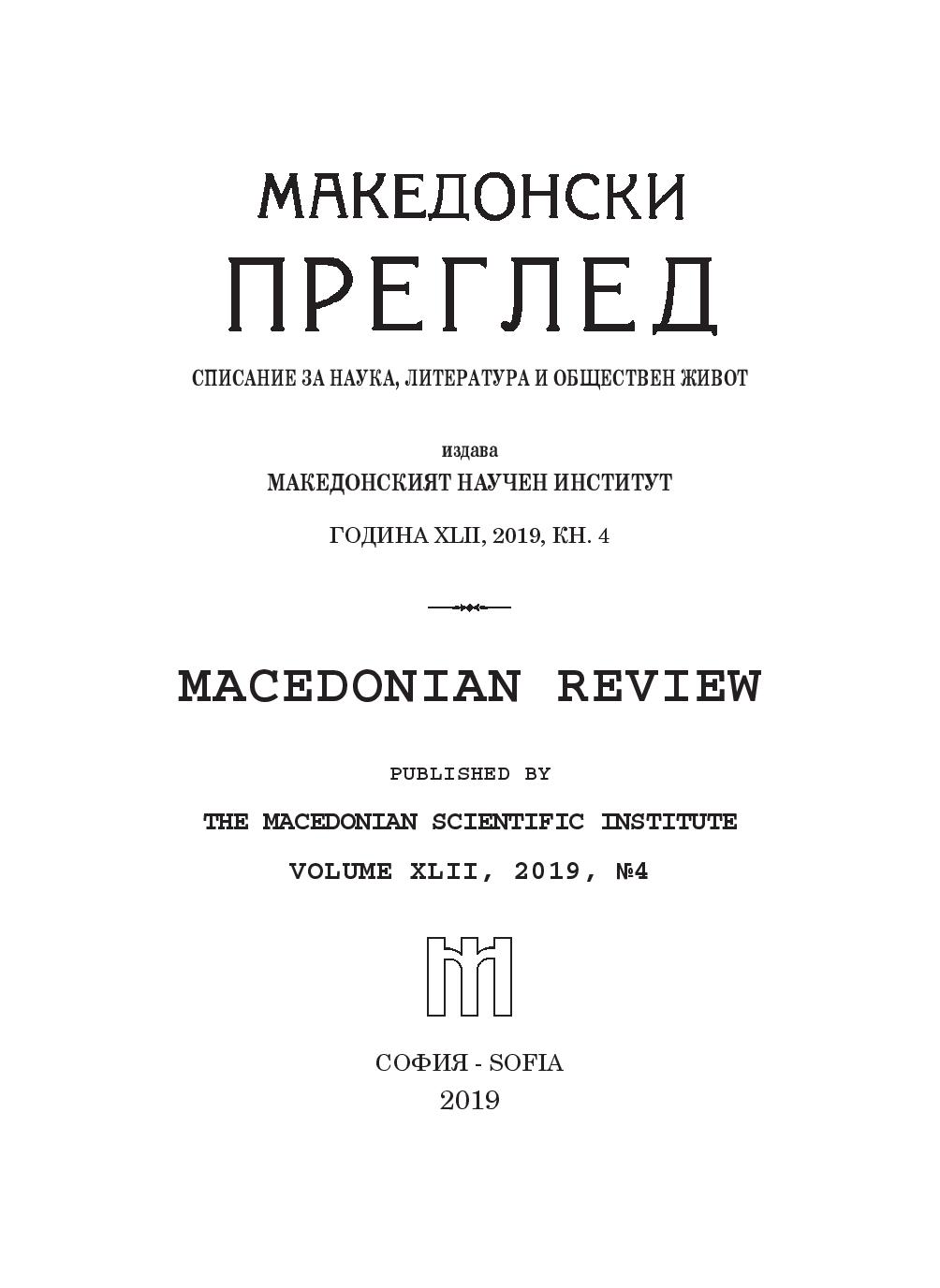
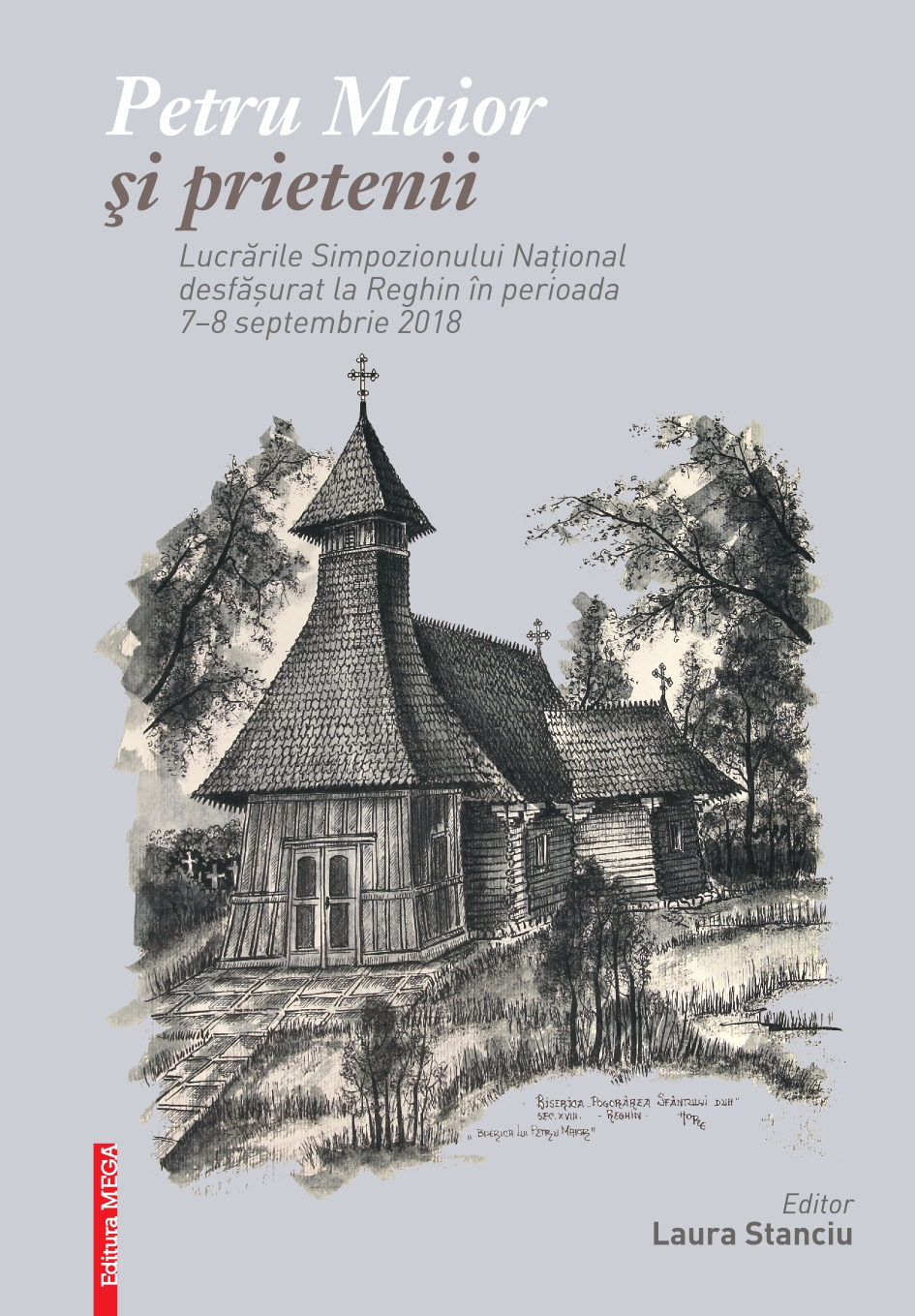
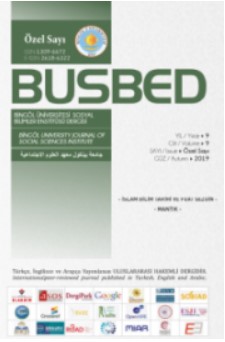
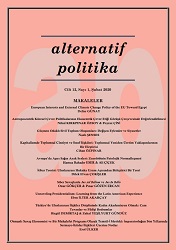
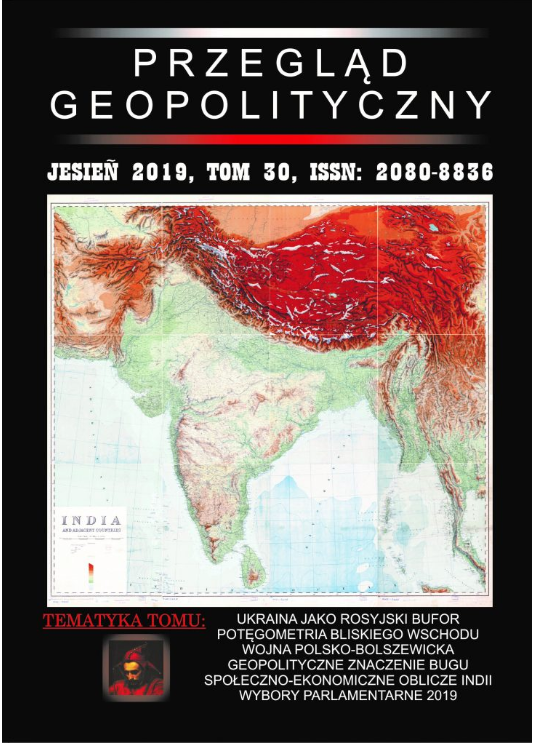
![Stylistyka i rytmika polska. Podręcznik dla szkoły i samouków Kazimierza Wóycickiego [1917]](/api/image/getissuecoverimage?id=picture_2020_55202.jpg)
